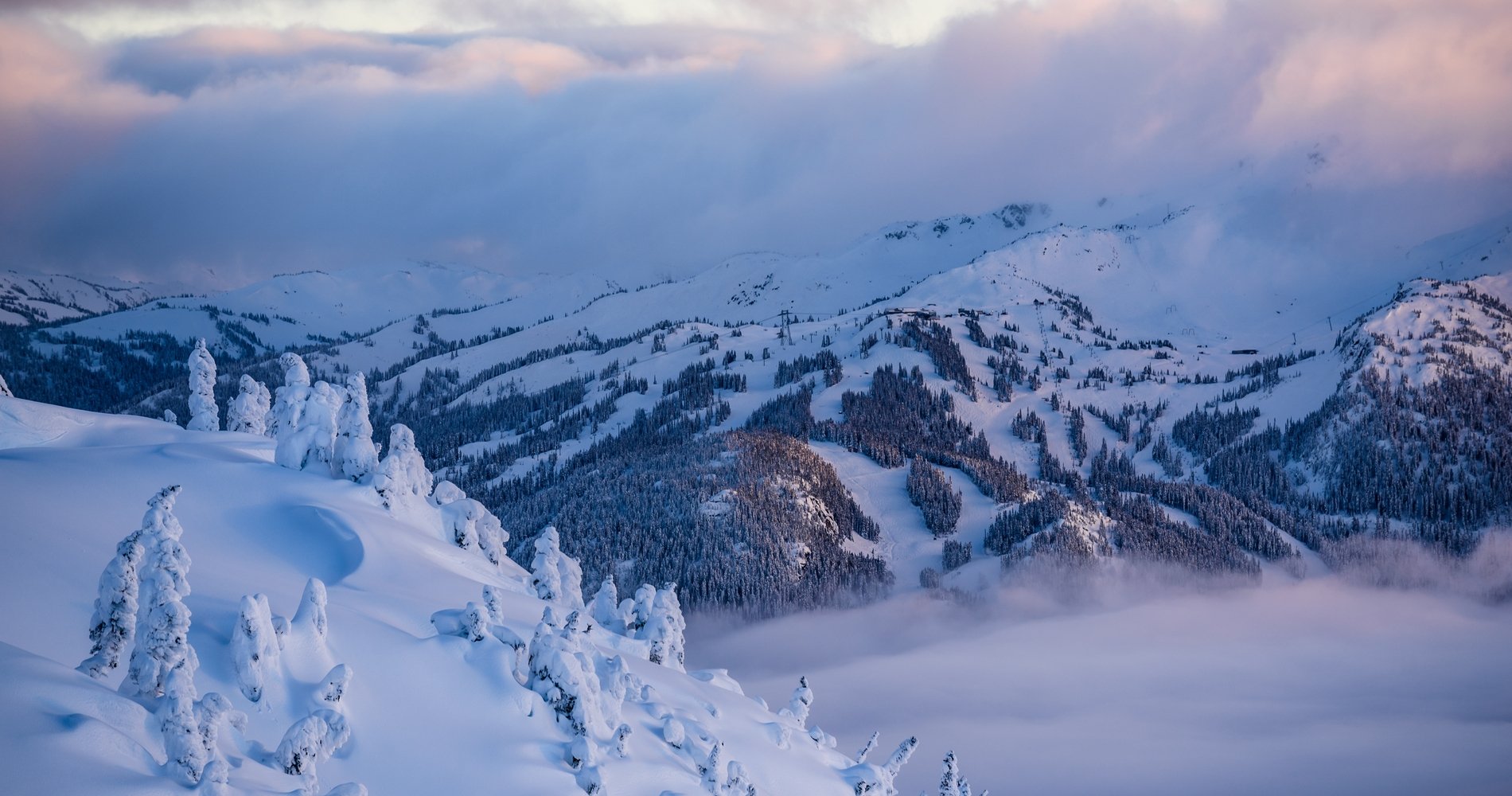Trip Planning
To increase your chances of having an enjoyable and safe outdoor adventure, trip planning is essential. This will ensure you know exactly where you’re going, what the conditions and terrain are like, and the weather you can expect on the day. It will also allow authorities to quickly find you if anything does go wrong.
When you’re trip planning, always do the following:
- Plan your travel route.
- Know the terrain and conditions.
- Check the weather.
- Fill out a trip plan.



